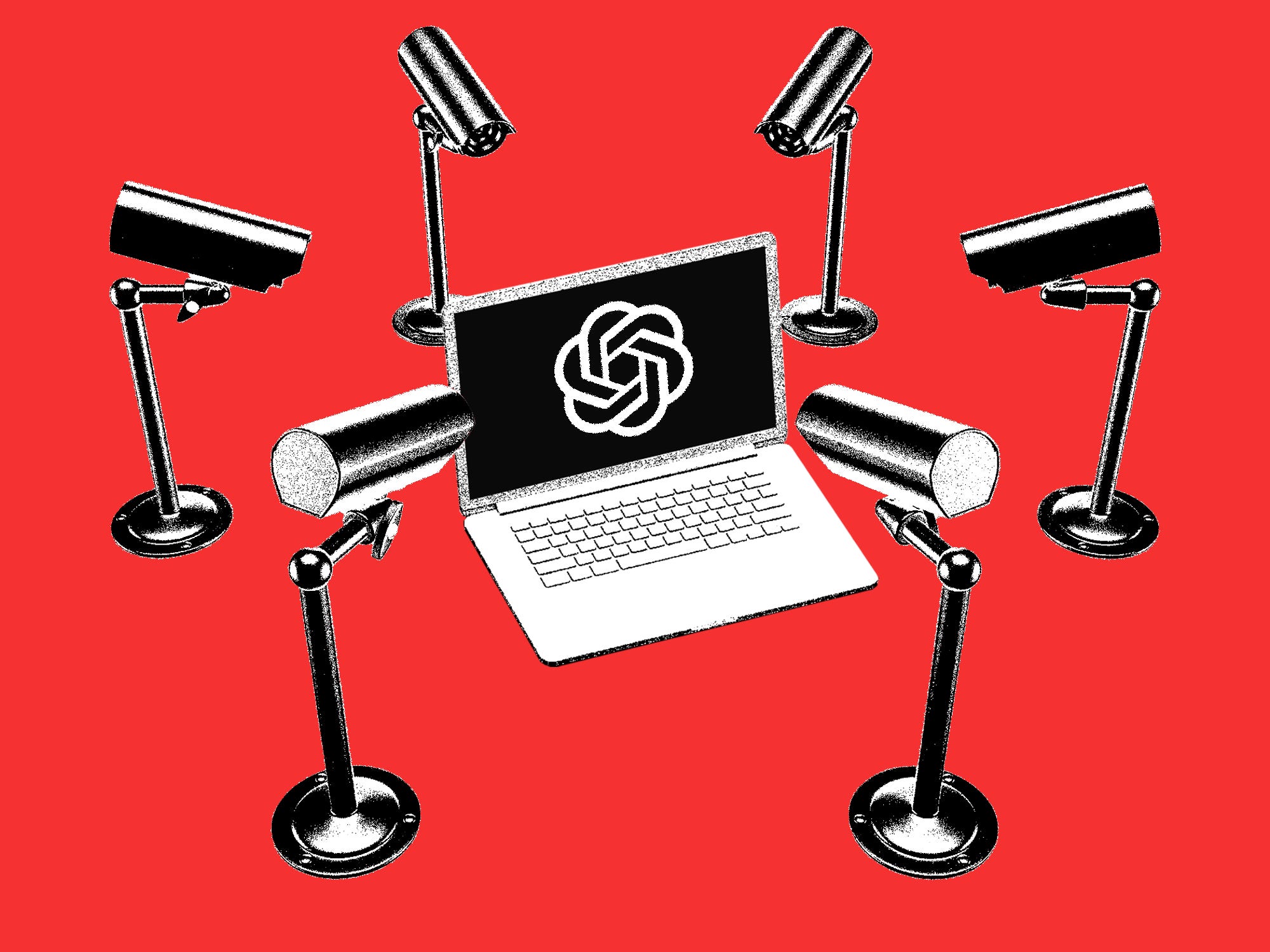
Getty Images; Tyler Le/BI
AI slackers, beware.
Many companies are now tracking how often their employees use AI tools such as ChatGPT, a move aimed at maximizing their investments in the trendy tech. Like it or not, workplace experts say this means that staffers who don’t hop aboard the AI train risk getting a poor performance review or worse — a pink slip.
“You need to understand that this is where the world is going and spend the time to upskill yourself,” said David Martin, head of Boston Consulting Group’s global people and organization practice.
Google has been tracking the increase in hours of productivity created per week from its engineers’ use of AI-powered tools, as Business Insider previously reported. On a podcast in June, the company’s CEO, Sundar Pichai, said it had so far seen an estimated 10% boost.
Meanwhile, Microsoft has been measuring its employees’ use of AI tools across various functions, a company spokesman told Business Insider.
Love Business Insider? Log in to Google and make us a preferred source.
The tech giants aren’t alone. Three providers of worker-tracking software, which say they each serve thousands of corporate clients, told Business Insider they’ve seen a sharp rise in demand for the ability to monitor their employees’ AI usage over the past two years.
Worklytics lets employers track how much time teams of workers spend engaging with corporate AI tools, while ActivTrak and Hubstaff enable such monitoring at both the team and individual levels. All three can identify which company-approved AI tools workers are using, and the latter two can also flag the use of unapproved programs.
Employers have long paid attention to what workers do on their company-provided computers, and now AI oversight is part of the mix. However, employers typically don’t go out of their way to make such surveillance apparent, said Tracy Brower, a Ph.d sociologist in Michigan who researches organizational behavior. As a result, workers tend to miss internal messages about monitoring, and even if they do notice, they often forget.
“It’s like the terms and conditions of apps. Most people just click accept,” Brower said. “Employees should anticipate their work is being tracked and they should anticipate a level of accountability from that.”
Spotting savvy users, slackers, and saboteurs
Companies are keeping tabs on workers’ AI activities for multiple reasons, the software-tracking providers said. Some want to understand if and how the technology can benefit their bottom lines. Others already confident in AI’s value are looking to identify the savviest users, best practices, and to compare results within different teams or industries.
“AI adoption is an existential challenge for companies,” said Philip Arkcoll, cofounder and CEO of Worklytics. “If all my competitors are getting really good at using AI and I’m not, that could be a serious challenge to the viability of my business.”
Notably for workers, employers also want to identify who within their workforces aren’t playing ball. Common reasons workers don’t want to use AI include fear that the technology could make their jobs obsolete and concerns that the tools sometimes deliver inaccurate results.
Companies appear to have good reason to worry about whether workers are using AI tools. Although more than three-quarters of leaders and managers say they use generative AI several times a week, regular use among frontline employees has stalled at 51%, according to survey data from a June BCG report.
Another incentive for employers to pay attention to what workers are or aren’t doing with AI tools is to determine if any are using unauthorized programs. Such behavior could expose company secrets or customer information, potentially violating federal regulations.
Companies’ AI costs add up
The tracking trend is unfolding at a time when companies in a range of industries are touting AI adoption, from Goldman Sachs and Johnson & Johnson to Shopify and Accenture. They say the technology is helping to boost productivity, which could help to reduce their labor costs or increase output.
Gathering insights into employees’ usage of AI tools — or lack thereof — is important given the cost of licensing, training staff on proper use, and integrating the technology effectively into daily workflows. Though AI spending varies greatly by company size, the average total doubled in 2024 from the year prior to $10.3 million, estimates management-consulting firm Bain & Co.
Workers who don’t want to use AI on the job but are expected to should raise their discomfort to their manager, said Henna Pryor, a workplace-performance strategist in the Philadelphia area. She recommends trying to get a better understanding of why your employer is pushing the technology before writing it off.
“Perhaps that clarity will give you the buy-in that you need,” she said.
Also, ask just how essential it is for you specifically to be using AI and to what extent, added Pryor. Note that Microsoft’s leaders are considering adding an AI-usage metric to its employee performance-review process, as Business Insider reported in June.
“If a lack of use is going to be a ding on your career, that is important to know and discuss,” she said. “Unspoken expectations are just premeditated resentment.”
The post The new metric bosses are tracking: How often you use AI appeared first on Business Insider.




